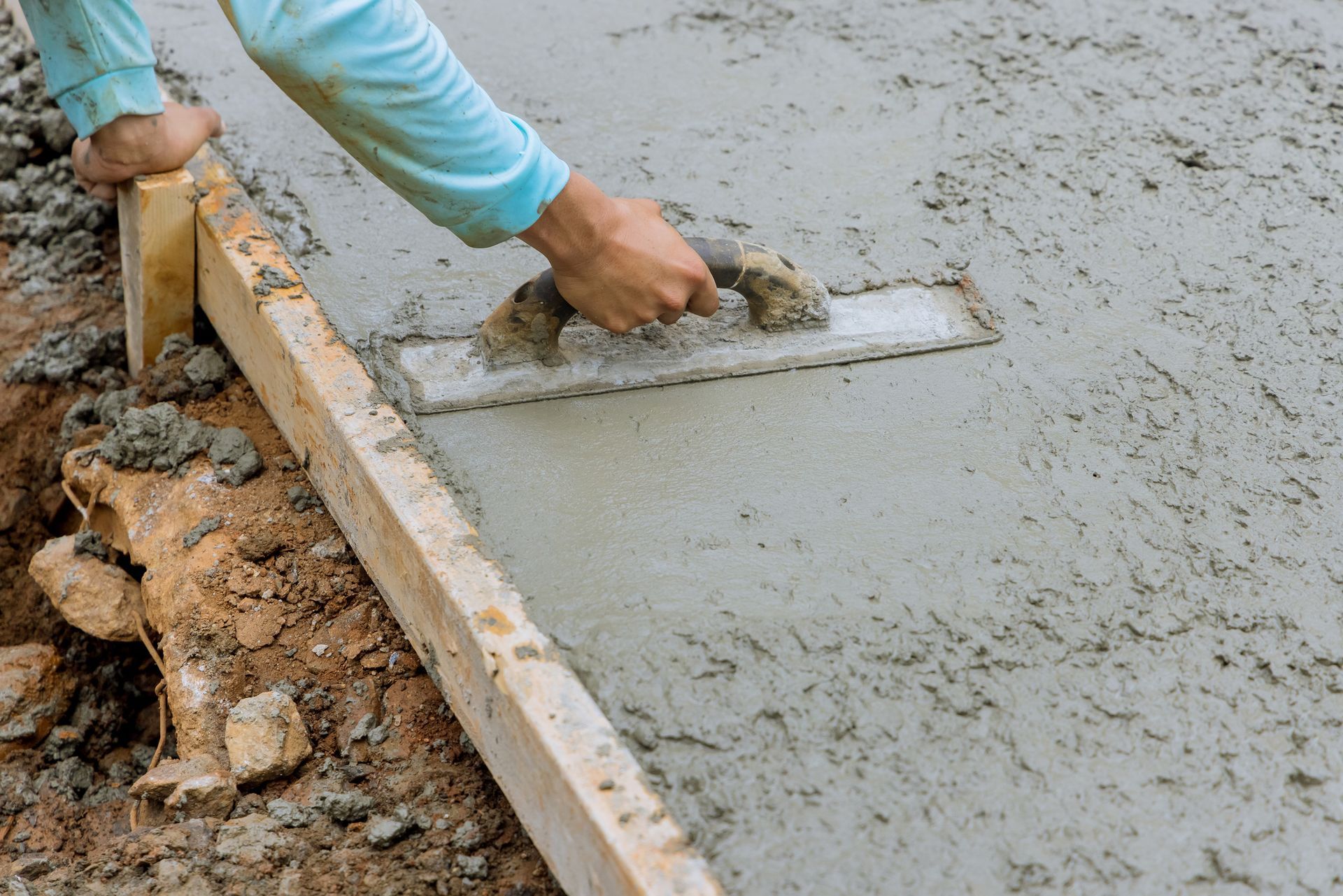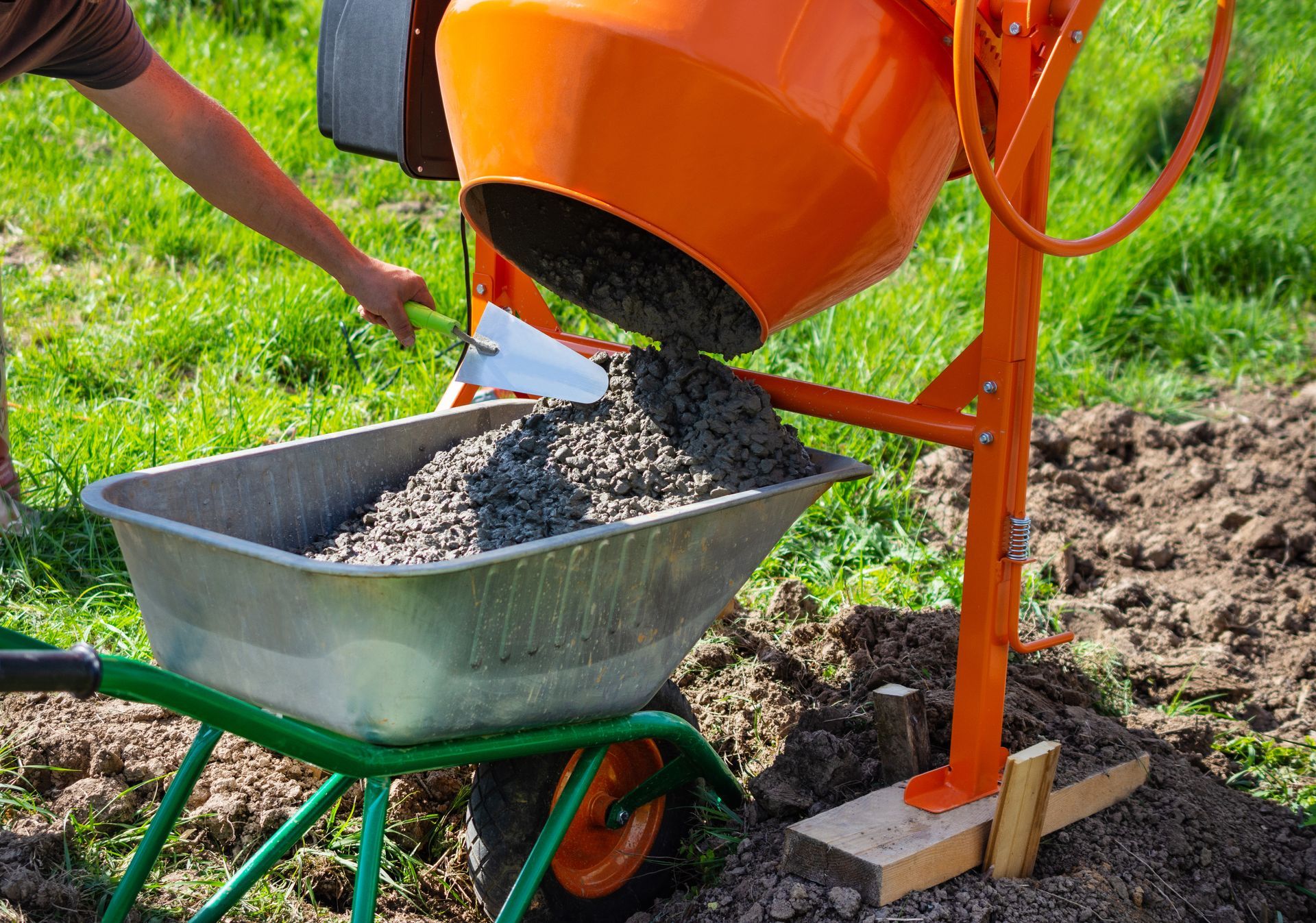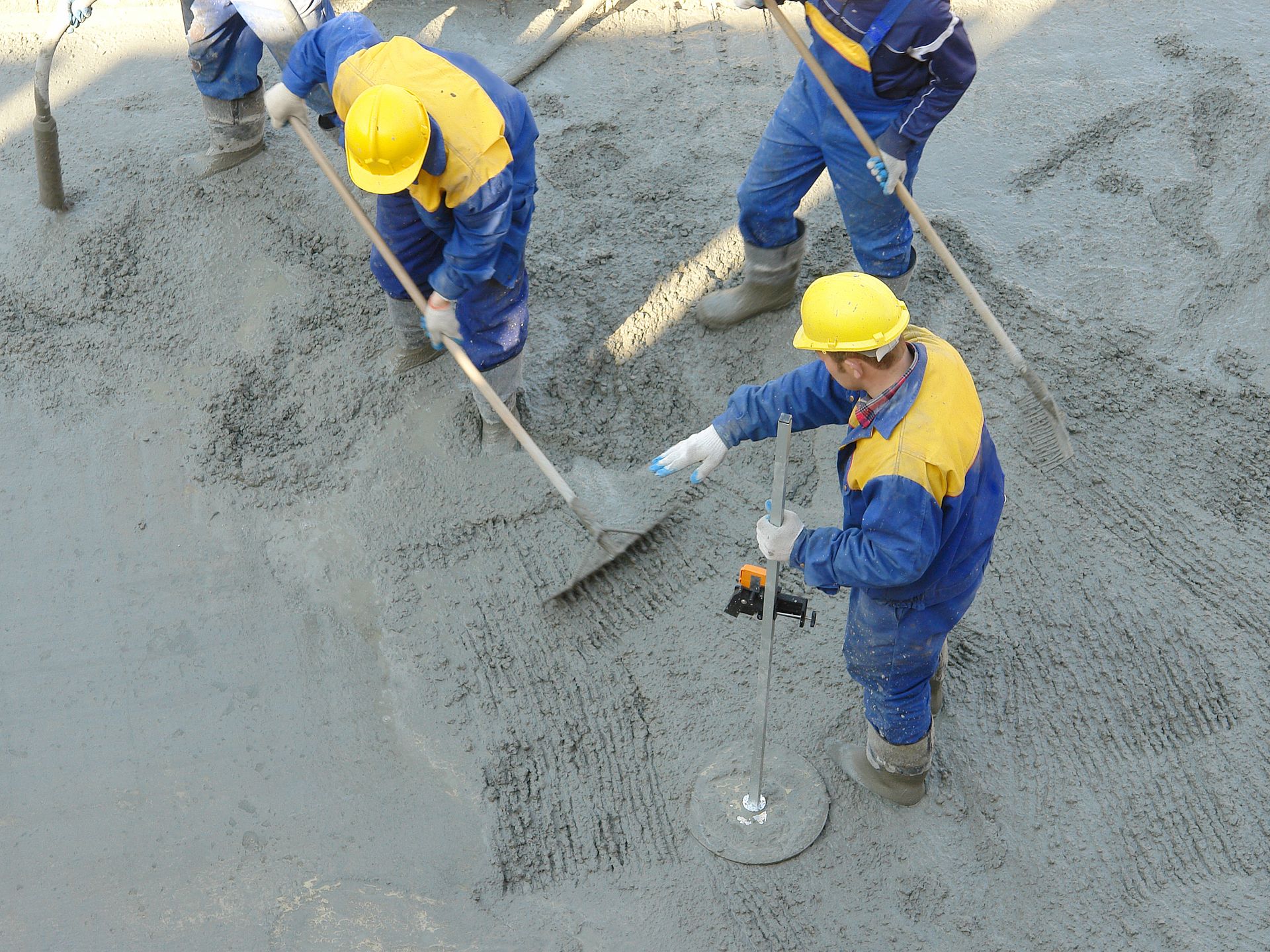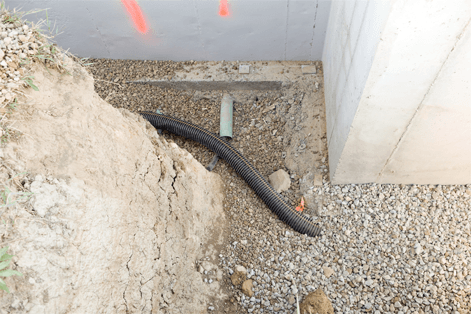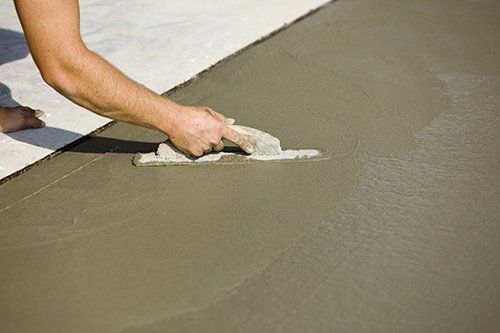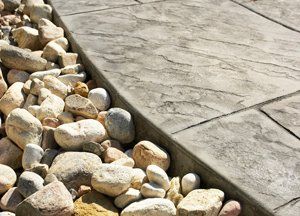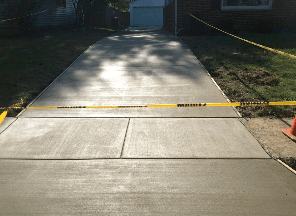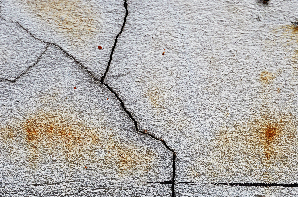HOW TO ELIMINATE TWO OF THE TOUGHEST CONCRETE STAINS ON EARTH
Southport Concrete Corp. • July 20, 2018
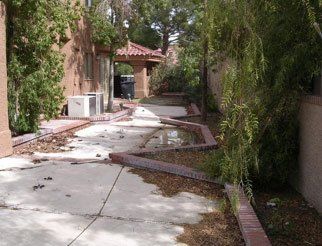
Though concrete is incredibly strong and resilient, untreated concrete can be stained in some circumstances. This is primarily due to the internal crystalline structure of concrete at the microscopic level.
Concrete consists of tiny cement particles locked together with sand and other crushed materials. In between these particles lie tiny air gaps that can be filled with just about any liquid that comes their way. That includes water, paint, oil, and other fluids dropped on the surface of unsealed concrete.
As a consequence, you can’t merely wipe concrete stains away. Instead, you have to treat the stains with the right methods, chemicals, and tools.
Below is a brief guide to removing two common but tough stains that affect concrete.
Rust Stains
Rust stains are common on older concrete and can occur on untreated concrete if ferrous metals, such as iron and steel, are permitted to rest on the concrete. With older concrete, rust stains indicate that the rebar (reinforcing steel rods) is corroding and that internal moisture is pushing rust toward the surface.
To remove rust stains, begin by sweeping up loose bits of rust that might be on top of the concrete. If any stubborn debris remains stuck to the concrete, you can douse it with a solution of trisodium phosphate (TSP) and hot water and then brush the area with a plastic brush. Avoid using a wire brush, since the wire can scar the concrete. Rinse the surface thoroughly with clean water before moving to the next step.
After preparing the surface, pour pure white vinegar on top of the rust stain and allow it to saturate the stain and concrete. Be sure to add enough vinegar to cover the area completely. Let the vinegar soak into the stained area for about half an hour; if you are working outside on a hot day, you may need to apply more vinegar to make up for what evaporates.
Once you’ve soaked the stain, use a stiff-bristled plastic brush to vigorously scrub the stained area. Apply fresh vinegar periodically if you have difficulty telling whether the stain has been removed.
After you are satisfied the stain has disappeared, rinse the site with copious amounts of clean water.
Mold and Algae Stains
Microorganisms can cause another kind of tough concrete stain. Mold and algae can both grow on concrete that is warm and often kept moist. These tiny single-celled animals produce byproducts that leave a familiar black, blue, or dark green stain on your concrete.
If your concrete is under siege by mold or algae, then you will need to kill the microorganisms before tackling the stain. Fortunately, both mold and algae can be killed by ordinary laundry bleach.
Begin by removing surface-level debris, such as dirt or sand, with a broom or a garden hose spray nozzle. If you use a garden hose, allow the water to evaporate before applying the bleach; this will prevent dilution of the bleach.
Once all the debris has been cleaned from the concrete, pour bleach straight from the bottle onto the stained area. Be careful when pouring bleach not to splash it onto yourself or nearby plants or objects.
Allow the bleach to soak into the mold or algae stain for about fifteen minutes, and then rinse the bleach away from the concrete with a garden hose. You may need to scrub with a stiff-bristled plastic brush or use a power washer to eliminate any residue.
If you aren't satisfied with your concrete after cleaning, or if you feel your concrete just can't be cleaned any further, then it may be time to think about replacing the concrete. In that case, contact a qualified concrete company
to help you plan and install a new driveway, sidewalk, slab, patio, or whatever other feature you desire.
